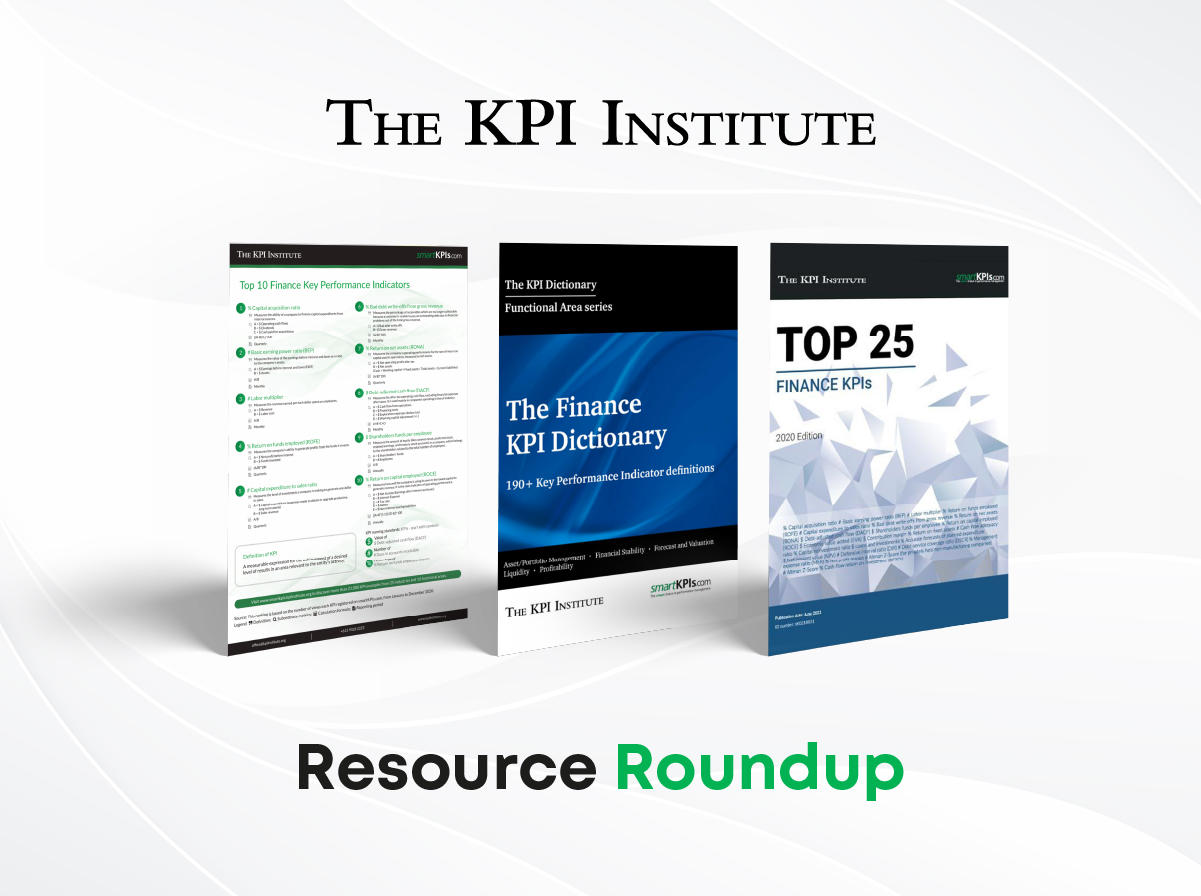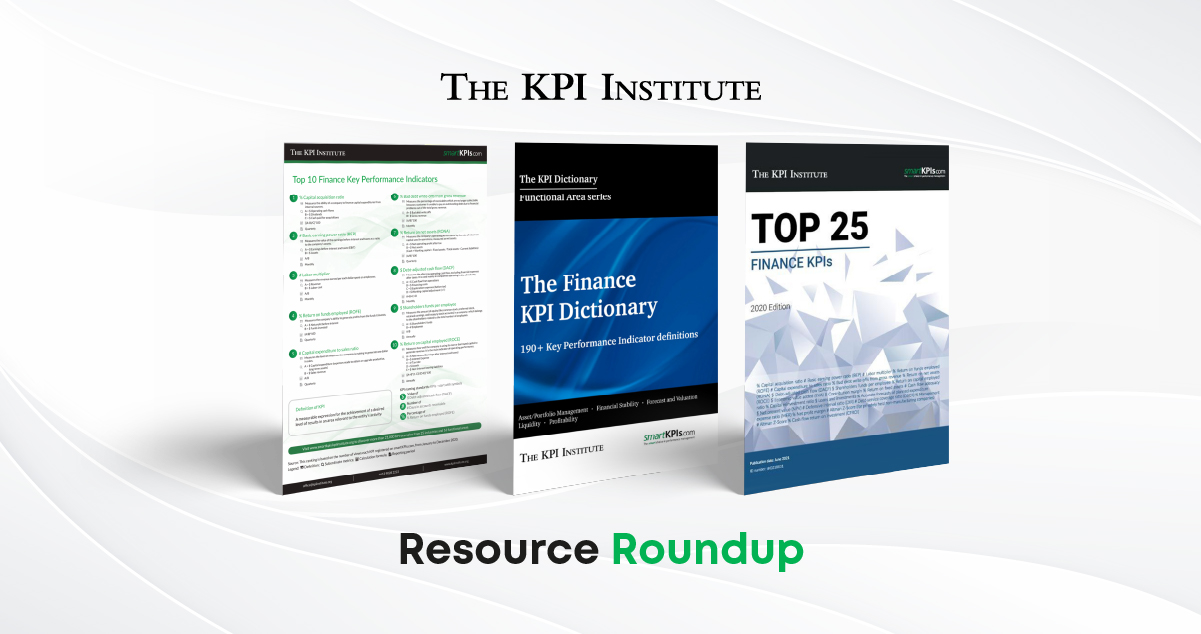
Resource roundup: expert insights and tools for finance professionals
April 30th, 2024 Posted by Kimberly Tilar Publications 0 thoughts on “Resource roundup: expert insights and tools for finance professionals”
The financial services sector has evolved significantly in recent years, driven by technological advancements and global socio-economic events. Recognizing the importance of staying ahead in this dynamic environment, The KPI Institute (TKI) is dedicated to providing leaders, professionals, and the broader business community with essential knowledge and resources.
Every month, TKI curates a collection of diverse learning materials and opportunities in strategy and performance management and adjacent fields. Some of these resources, while released years ago, remain highly relevant due to their timeless principles and adaptability to changing business dynamics, providing enduring value and insights for today’s challenges.
This month, TKI is pleased to present comprehensive, research-based resources focusing on finance.
Top 10 Finance Key Performance Indicators (FREE): Part of the Top 10 KPIs Series, this collection of posters provides an overview of how key performance indicators (KPIs) are measured in practice today, specifically in finance. Some of the KPIs profiled in this poster are % Capital acquisition ratio, #Labor multiplier, and $ Debt-adjusted cash flow.
Articles (FREE): Find practical insights related to the financial services industry from a variety of articles published on Performance Magazine, written by subject matter experts and research analysts.
- Millennials and banks: surmounting the digital divide
- Fraud in the travel industry: Is digital footprinting the solution?
- Banking conundrums: customer focus or operational performance?
- Managing bank performance with the Balanced Scorecard
The Finance KPI Dictionary: This dictionary provides valuable information on over 190 KPIs not only by defining them but also by presenting the calculation formula for each and every one of them. It is an innovative tool, essential for assessing and optimizing a company’s performance in the five main functions of a finance division within an organization: asset/portfolio management, financial stability, forecast and valuation, liquidity, and profitability.
The Top 25 Finance KPIs – 2020 Edition: This report features the most popular KPIs used in the finance sector. It offers a comprehensive practical learning opportunity with KPIs by including not just detailed documentation for each KPI but also engaging articles discussing optimal practices for selecting and documenting KPIs.
Certified Data Analysis: Professionals in the finance sector can benefit from attending this course because it equips them with essential skills in data analysis, allowing them to create accurate financial models, optimize investment strategies based on comprehensive market analysis, make informed decisions, and mitigate risks effectively.
Certified KPI Professional and Practitioner: Professionals within the finance sector can gain considerable advantages from enrolling in this course. It is packed with indispensable knowledge and competencies needed for accurately measuring, assessing, and articulating financial performance metrics. With these skills, finance professionals can lead strategic initiatives, make informed decisions, and significantly contribute to improving the overall success and financial stability of their organizations.




